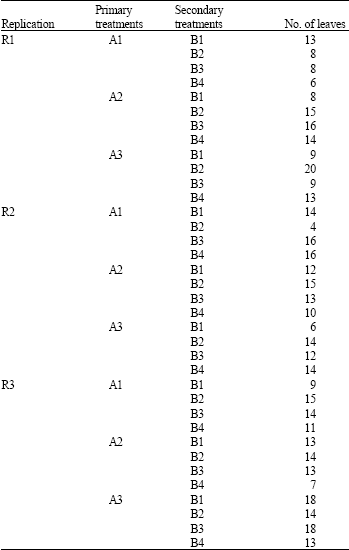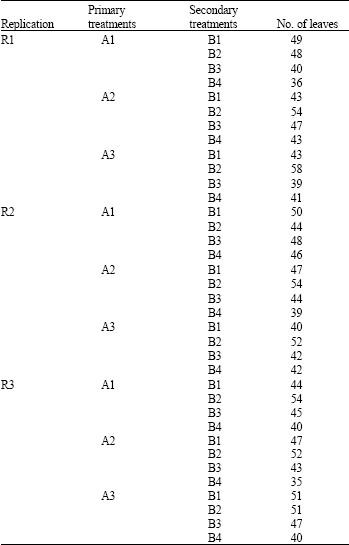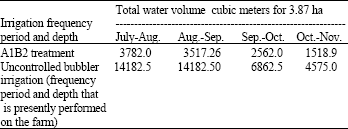Research Article
Growth Response of Palm Trees to the Depth and Frequency Period of Irrigation by Bubblers in Khuzestan, Iran
Department of Irrigation and Drainage Engineering, Research and Science Branch, Islamic Azad University, Tehran, Iran
H.A. Kashkuli
Department of Irrigation and Drainage, Faculty of Water Sciences Engineering, Shahid Chamran University, Ahwaz, Iran
A. Bavi
Department of Irrigation and Drainage, Faculty of Water Sciences Engineering, Shahid Chamran University, Ahwaz, Iran

















